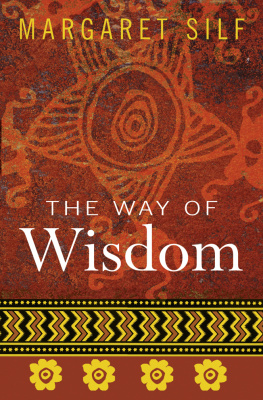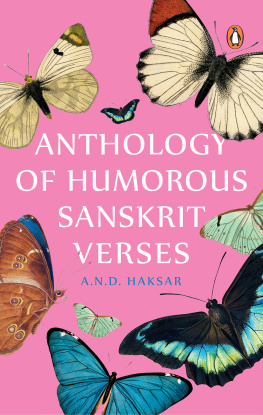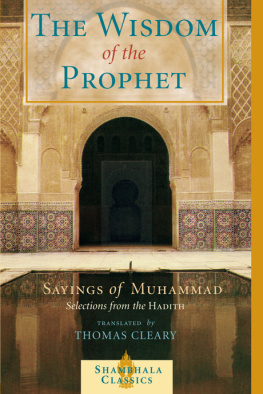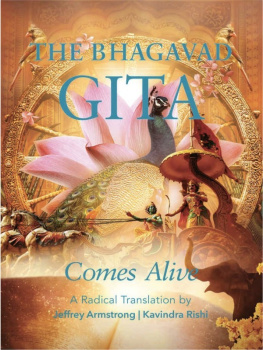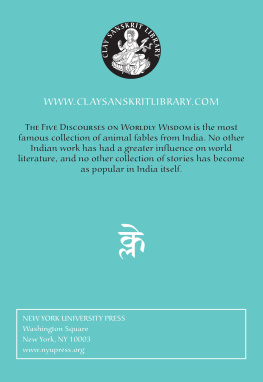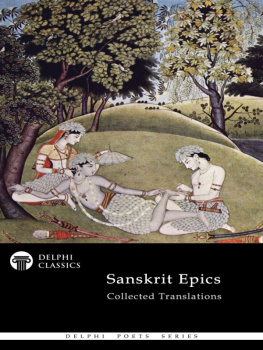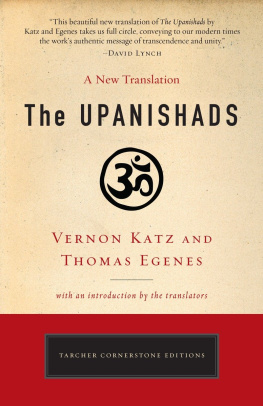PANCHATANTRA
TRANSLATED FROM THE SANSKRIT BY ARTHUR W. RYDER

Published by Jaico Publishing House A-2 Jash Chambers, 7-A Sir Phirozshah Mehta Road Fort, Mumbai - 400 001 www.jaicobooks.com Jaico Publishing House Printed in India by arrangement with University of Chicago THE PANCHATANTRA ISBN 81-7224-080-5 First Jaico Impression: 1949 Thirty-fourth Jaico Impression: 2011 No part of this book may be reproduced or utilized in any form or by any means, electronic or mechanical including photocopying, recording or by any information storage and retrieval system, without permission in writing from the publishers. Whoever learns the work by heart, Or through the story-tellers art Becomes Acquainted His Life by sad defeatalthough The King of heaven be his foe Is never tainted. TABLE OF CONTENTS Ever since the dawn of civilisation, ever since man first realised the imperative need to know himself and, through that self-knowledge, to win friends and influence people so to secure his own happiness and well-being no less than those of his fellowmen, the Panchatantra stories have unfailingly offered him significant and dynamic aid. In terms of historical time, these stories have been current among the Indian populace for at least five thousand years, probably longer. Nor has their popularity been limited exclusively to the confines of the Indian subcontinent, where the stories first found their origin.
They have been told and retold, with perhaps a twist here and a turn there, among other peoples in other lands; in other climes and in other tongues in short, among all peoples of the world through more than twenty centuries. And at all times, the end purport of the Panchatantra, if not its form and setting, has remained the same; to reveal to man, woman or child, through the fascinating medium of legless fables that basic knowledge and wisdom which makes ones life richer, happier and fuller. The original collection of the Panchatantra stories, in Sanskrit, numbered about eighty-four. But in their endless travel through the ages in India and abroad, these stories underwent many chanes not only in regard to their form, colour and setting, but even as to their total numerical strength. One such maimed and transformed version of the Panchatantra was among the earliest printed books in Europe, in the German language. An earlier version, also garbled, in the English language, came from Caxtons printing press.
But until almost a hundred years ago no authorised or literal translation of the Panchatantra existed in any European language. For the first time in 1859 Theodor Benfey, the noted German Sanskrit Scholar, provided a literal and faithful translation in the German language, of the Kashmir recension of the Panchatantra collection -- a recension which has been recognised by Oriental scholars as the most authoritative in existence. Two English translations of the Panchatantra were made --the first in 1924 by Stanley Rice, and the second by Arthur W. Ryder, the well-known American Oriental Scholar. Of these two, Ryders translation has rightly come to be regarded as the better one; in fact, it is the best of all existing Panchatantra translations in any foreign language. Ryders Panchatantra, first pubished in America about twety years ago, found a large circle of friends and admirers in India.
But the book soon went out of print; the need for a new edition, at a price within the reach of all, has long since been evident. It is in answer to this long-felt need and in the belief that an ounce of sense contained in the Panchatantra is better than a ton of scholarship (not contained it?) that the Publishers have ventured to offer the present edition to the Indian reading public. The Publishers TRANSLATORS INTRODUCTION
I One Vishnusharman, shrewdly gleaning All worldly wisdoms inner meaning, In these five books the charm compresses Of all such books the world possesses.
---INTRODUCTION TO THE
Panchatantra The
Panchatantra contains the most widely known stories in the world. If it were further declared that the
Panchatantra is the best collection of stories in the world, the assertion could hardly be disproved, and would probably command the assent of those possessing the knowledge for a judgement. Assuming varied forms in their native India, then traveling in translations, and translations of translations, through Persia, Arabia, Syria, and the civilized countries, brought delight to hundreds of millions.
Since the stories gathered in the Panchatantra are very ancient, and since they can no longer be ascribed to their respective authors, it is not possible to give an accurate report of their genesis, while much in their subsequent history will always remain obscure. Dr. Hertel, the learned and painstaking editor of the text used by the present translator, believes that the original work was composed in Kashmir, about 200 B.C. At this date, however, many of the individual stories were already ancient. He then enumerates no less than twenty-five recensions of the work in India. The text here translated is late, dating from the year 1199 A.D.
It is not here intended to summarize the history of these stories in India, nor their travels through the Near East and through Europe. The story is attractive whose interest is not awakened by learning, for example, that in this work he makes the acquaintance of one of La Fontaines important sources? Yet here, as elsewhere, the work of the scholars has been of somewhat doubtful value, diverting attention from the primary to the secondary, from literature itself to facts, more or less important, about literature. The present version has not been made by a scholar, but by the opposite of a scholar, a lover of good books, eager, so far as his powers permit, to extend an accurate and joyful acquaintance with the worlds masterpieces. He will therefore not endeavor to fell the history of the Panchatantra, but to tell what the Panchatantra is. II Whoever learns the work by heart, Or through the story-tellers art Becomes acquainted, His life by sad defeat although The king of heaven be his foe Is never tainted. ---INTRODUCTION TO THE Panchatantra The Panchatantra is a niti-shastra, or textbook of niti.
The word niti means roughly the wise conduct of life. Western cvilization must endure a certain shame in realizing that no precise equivalent of the term is found in English, French, Latin, or Greek. Many words are therefore necessary to explain what niti is, though the idea, once grasped, is clear, important, and satisfying. First of all, niti presupposes that one has considered, and rejected, the possibility of living as a saint. It can be practiced only by a social being, and represents an admirable attempt to answer the insistent question how to win the utmost possible joy from life in the world of men. The negative foundation is security.
For example, if one is a mouse, his dwelling must contain recesses beyond the reach of a cats paw. Pleasant stanzas concerning the necessity of security are scattered throughout the work. Thus: The poor are in peculiar need Of being secret when they feed; The lion killed the ram who could Not check his appetite for food. or again: In houses where no snakes are found, One sleeps; or where the snakes are bound: But perfect rest is hard to win With serpents bobbing out and in. The mere negative foundation of security requires a considerable exercise of intelligence, since the world swarms with rascals, and no sensible man can imagine them capable of reformation. Caress a rascal as you will, He was and is a rascal still: All salve- and sweating-treatments fail To take the kink from doggys tail.


